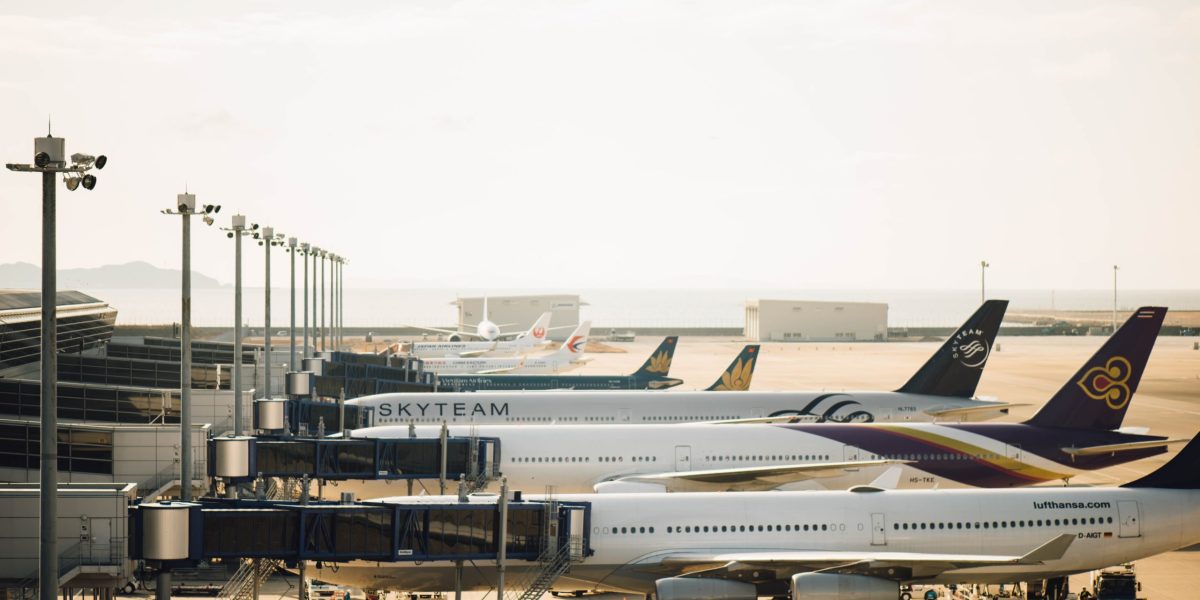|
Getting your Trinity Audio player ready...
|
– Daniel Wu
The COVID-19 pandemic hit the commercial aviation industry during a time of elevated uncertainty, coming on the back of a bruising US/China trade war, overcapacity in the global air freight market and the ongoing grounding of the Boeing 737 MAX. While some corners of the industry have received a temporary boost from the pandemic, the majority of players from commercial airlines and aircraft lessors to the OEMs and parts manufacturers are facing tremendous challenges, and in some cases, existential.
Of all the industry participants, the parcel companies, whose international lanes were under substantial pressure from the trade war and overcapacity in the air freight market prior to COVID-19, have so far remained relatively unscathed. Surging ecommerce demand has seen carriers such as UPS and FedEx operate at elevated capacity levels, while the significant capacity cuts at passenger airlines have removed as much as half of the world’s air cargo capacity. Parcel carriers with strong Asia-US and Asia-Europe lanes have benefited from rising yields, and some have even pulled planes out of retirement to add extra capacity.
Of course, there are offsetting impacts as well. In the short term, parcel carriers must contend with an accelerated shift away from high margin B2B volume as global manufacturing and industrial production contracts sharply, towards lower-margin B2C volume (e-commerce). Conversations with an industry expert suggests that the B2B segment contributes up to 80% of operating profit in a normal environment while accounting for only 30% of volumes. Over the long term, the accelerated retirement of passenger planes, which are either scrapped or refitted for freight, may drive the air cargo market back into overcapacity once passenger air travel demand returns.
Turning now to the passenger airlines, who have suffered the greatest adverse effects from the COVID-related travel restrictions and mass cancellations of flights. We understand that capacity cuts broadly correspond to revenue cuts, so an airline that cuts 90% of capacity can expect a roughly 90% revenue reduction. In Asia, Cathay Pacific capacity cuts reached 96% at the peak of COVID-19, while in the U.S., United Airlines cut capacity by 90% in May and saw net new bookings down essentially 100%. The sudden and sharp revenue contraction in a high fixed cost business has seen at least one large airline enter administration (Virgin Australia), while all major U.S. airlines accepted government aid in addition to raising additional debt and equity.
The dire situation that global passenger airlines find themselves in has put additional pressure on the aircraft OEMs. Boeing was already facing mounting headwinds with the 737 MAX recertification process and the 400-plus newly manufactured 737 MAX planes awaiting delivery will eventually be delivered into what will likely remain a very weak market. Airbus has already cut its production rate by a third, yet an ex-Airbus executive we heard from believes further production cuts will be needed and doesn’t expect full product to be restored until the latter half of this decade. And while airlines and aircraft lessors will likely take delivery of planes that are already under construction and/or subject to signed sale and leaseback agreements, we may see a spike in order cancellations and deferrals for subsequent deliveries (especially into next year) if air travel demand does not recover quickly. Historically, the OEMs were able to shuffle order books around and replace cancellations by one customer with new orders/pull-forward orders from another customer, but in the current environment substantially all customers will be looking to defer or cancel orders where possible. Unfortunately, this means Airbus may also struggle to take advantage of the market share opportunity left by Boeing’s current 737 MAX woes.
As one can clearly see, the commercial aviation industry is going through an unprecedented period of upheaval and not all players may survive, at least in their pre-COVID forms. The key outstanding questions for investors monitoring this space are the shape and pace of recovery especially in air travel and industrial production – a V or even U-shaped recovery looks increasingly unlikely – and whether the various industry players have sufficient sources of financing available to see themselves through the recovery period.
Daniel Wu is a Research Analyst with Montaka Global Investments. To learn more about Montaka, please call +612 7202 0100.





